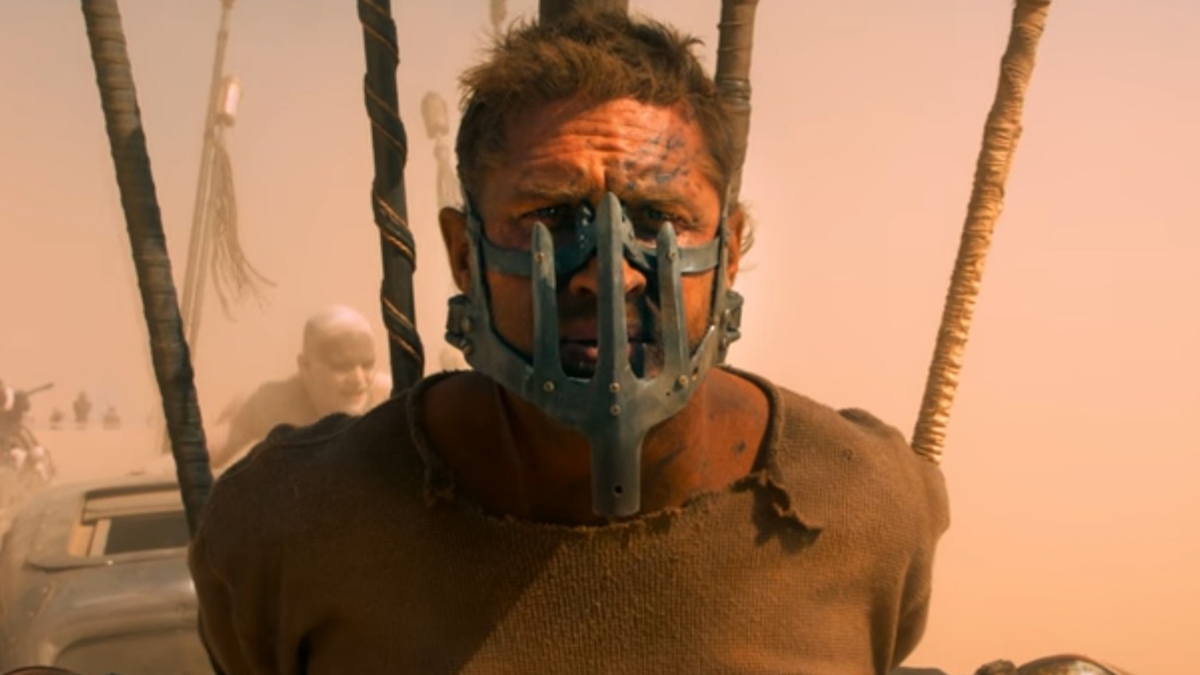
Sequels are never better than the original. At least, that used to be conventional wisdom. In reality, sequels are sometimes as good, if not better, than their precursors. Maybe it’s time to finally consider what are some of the greatest sequels of all time.
In the history of motion pictures, the beginnings of sequels begin with two different movies: The Little Train Robbery, a sequel to the seminal short film The Great Train Robbery with an all-child cast performing on a miniature railroad and playhouse; and the 1916 feature-length film The Fall of a Nation, a lost sequel to D.W. Griffith’s technically revered but artistically ghastly historical epic The Birth of a Nation.
For so long, sequels have been perceived to be lesser and inferior to their respective originals. While it is true that many sequels fail to live up to expectations set by the first in their series, it’s also true that some sequels eclipse the movies they spawn from. With Hollywood more obsessed to sequel-ize movies more than ever, we collect 32 of the greatest sequels ever made.
32. Thor: Ragnarok (2017)
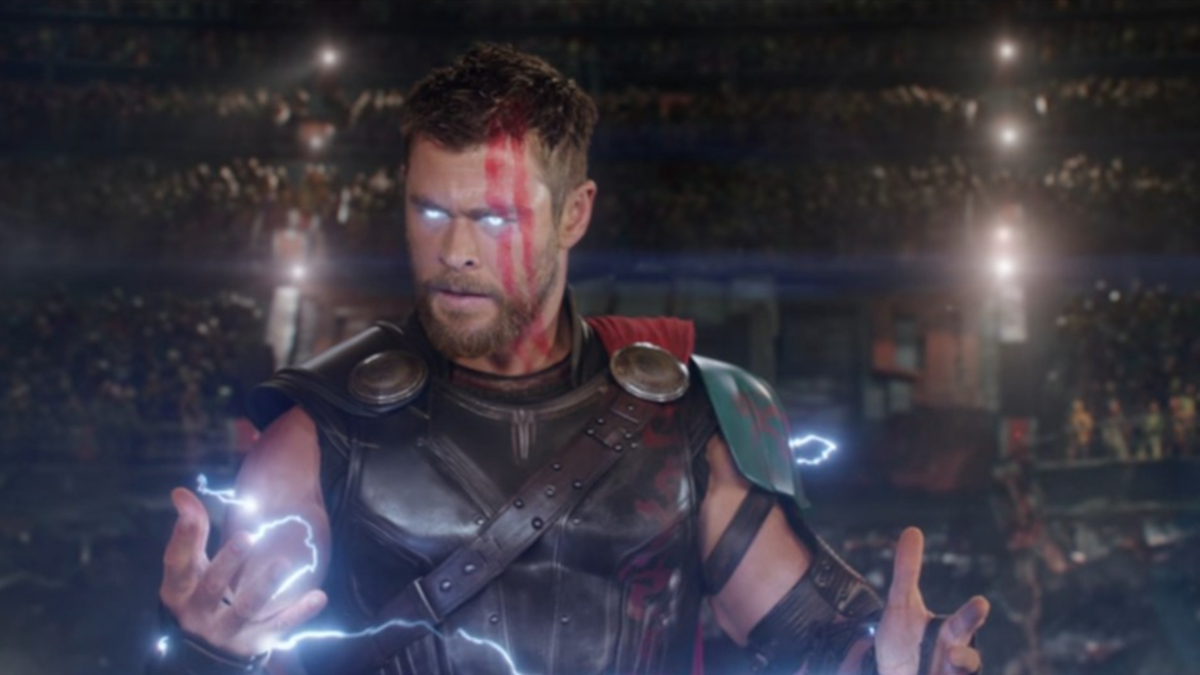
When Taika Waititi took the reins of the Thor series, he lit up the Marvel franchise in ways even the God of Thunder could not. A tonal 180 from the more straightforward superhero blockbusters that preceded it, Thor: Ragnarok injects the most operatic Avenger with superhuman levels of humor, fostering the vibe of a cosmic rave atop the burnt ashes of Asgard’s apocalypse. Chris Hemsworth, having felt creatively limited in his role as Thor up to that point, lets his funny bone hang loose while still ensuring that his Thor stays mighty. Even Oscar-winner Cate Blanchett conjures up a few laughs as villainess sorceress (and Thor’s sister) Hela.
31. Clerks II (2006)
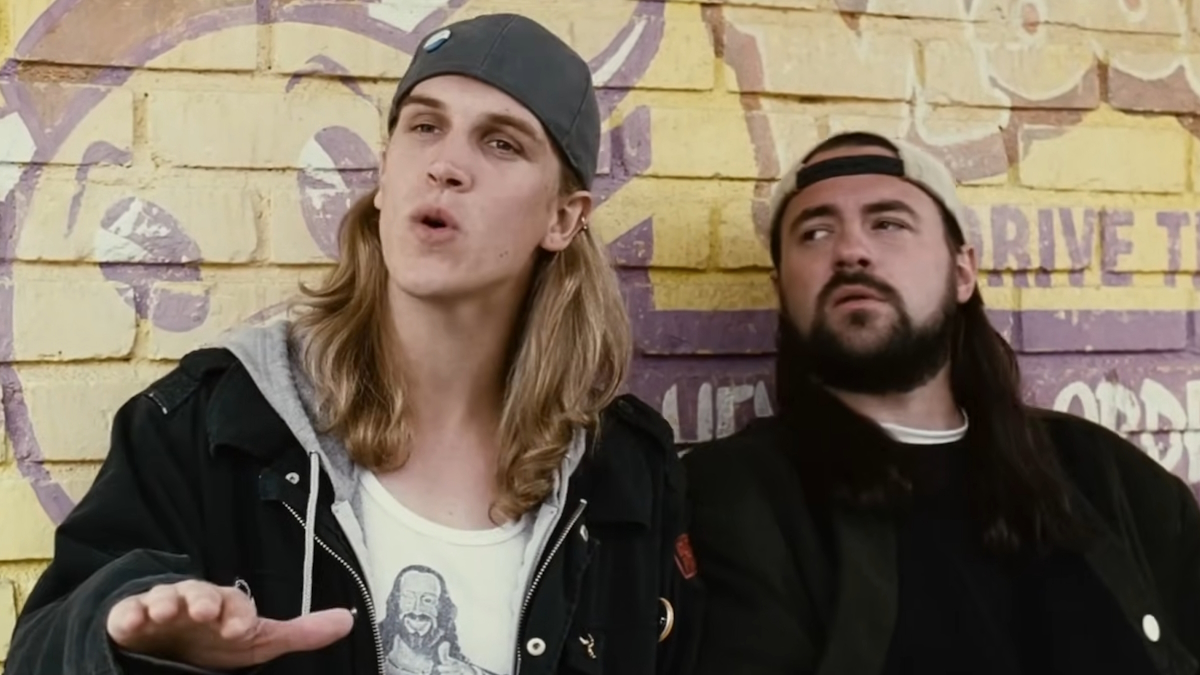
Never has a filthy stoner comedy felt so tender in the heart. Picking up more than 10 years after Kevin Smith’s era-defining ‘90s indie classic Clerks, Clerks II reunites audiences with slackers Dante (Brian O’Halloran) and Randall (Jeff Anderson), now thirty-somethings flipping burgers at a fast food joint. Set over yet another fateful day in their unambitious lives, Dante prepares to leave New Jersey and move to Florida with his fiancee, only for Randall to have some bright ideas about his going-away party. A touching movie about realizing it’s never too late to start the rest of your life, Clerks II shows there’s adventure behind and beyond the register.
30. Police Story 3: Supercop (1992)
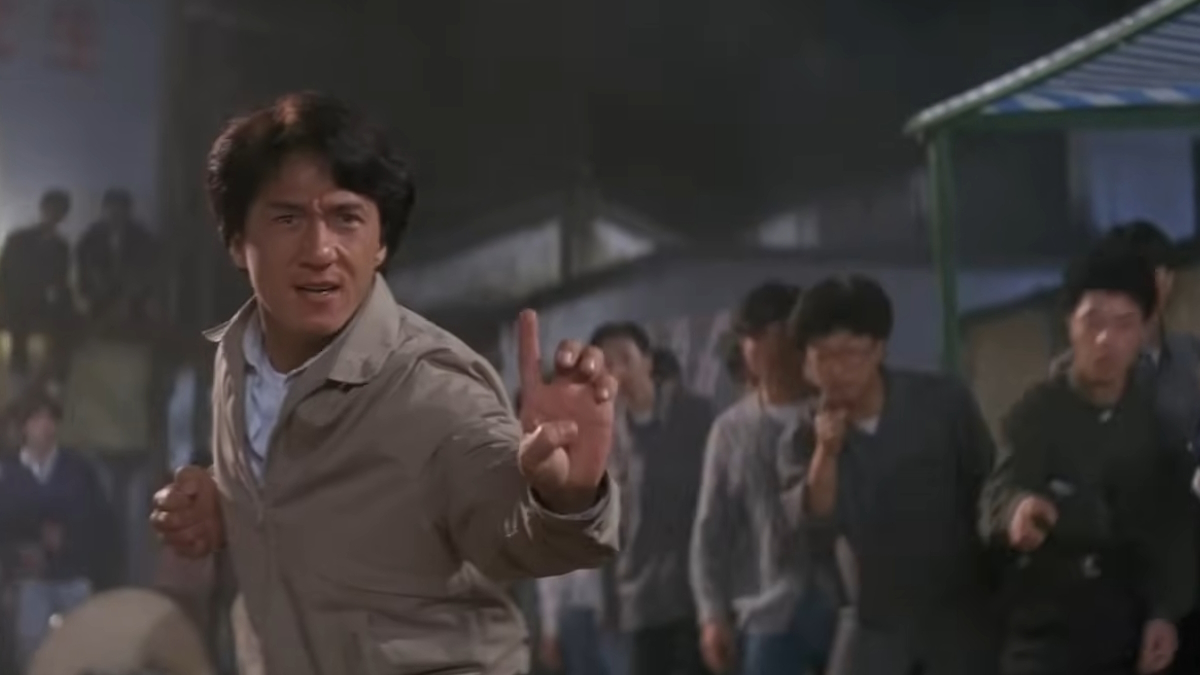
Those well-versed in Jackie Chan’s storied career know the importance of his 1985 classic Police Story, but its second sequel Police Story 3: Supercop is so much bigger and better in nearly every way, it’s no wonder why the movie was released on its own in the U.S. (Under the simplified title Supercop.) Marking the first collaboration between Chan and director Stanley Tong, Chan reprises his heroic cop Ka-Kui (“Kevin” in English translations) and teams up with Beijing-based INTERPOL agent Yang, played by destined Oscar recipient and crossover actress Michelle Yeoh. Whereas the first two Police Story installments are clever crowd-pleasers with manageable scale, Supercop is nuclear-powered popcorn entertainment.
29. Blade 2 (2002)
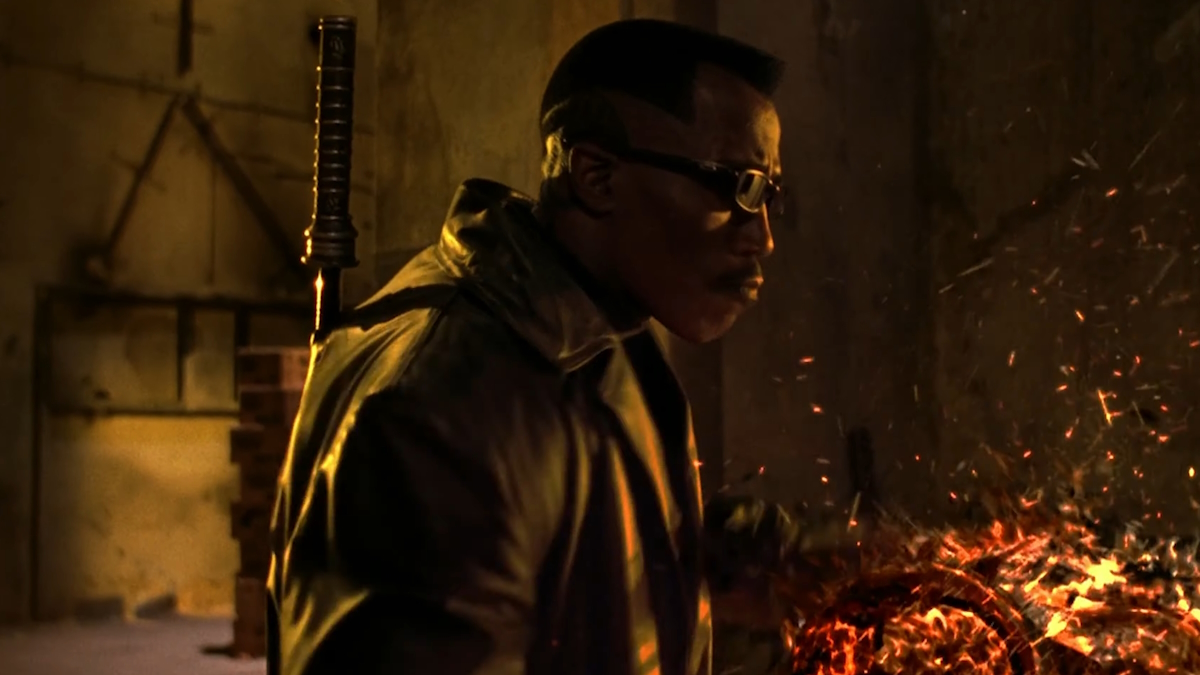
Stephen Norrington’s predecessor Blade is a sublime artifact of late ‘90s techno-goth urban fantasy, jagged edges and all. But Guillermo del Toro’s finely tuned sequel from 2002 smooths out all those edges without sacrificing any sharpness. While its undercooked script simply continues Blade’s adventures - this time, Blade steps up against mutant vampires who seek to wipe out the whole world, vampires and humans alike - the movie surrounds the ultra-cool Wesley Snipes with even more cool actors, like Norman Reedus, Ron Perlman, and even Donnie Yen, making Blade’s cinematic underworld feels a lot more alive than undead.
28. Magic Mike XXL (2015)
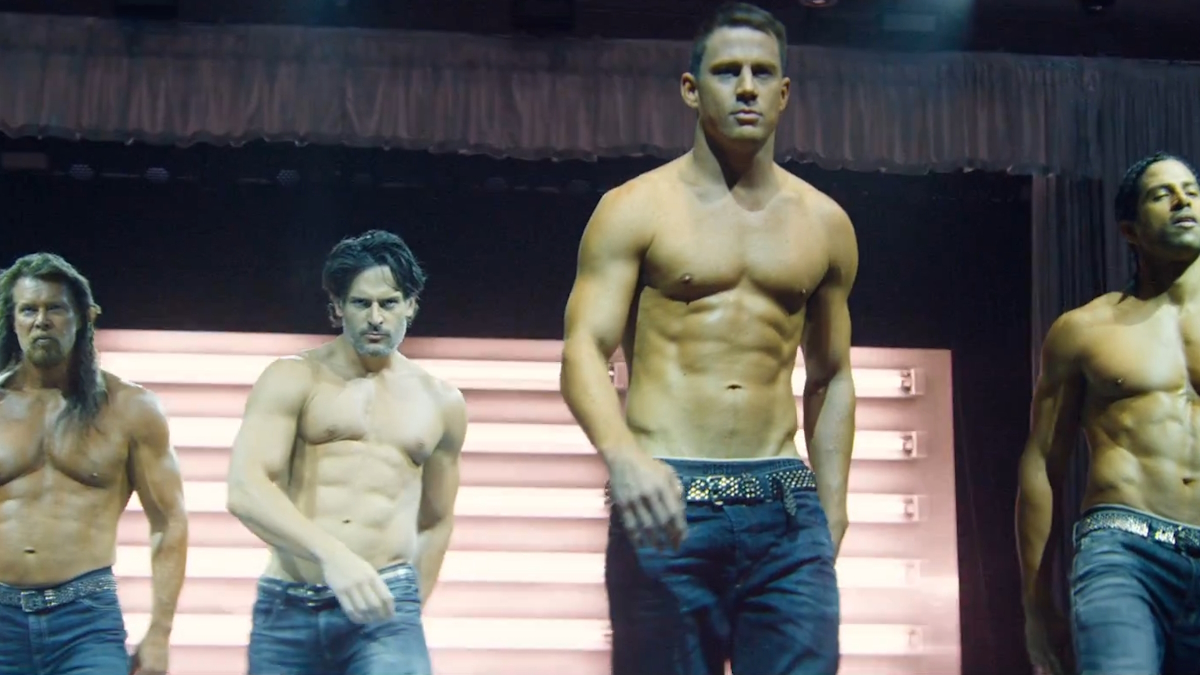
When the first Magic Mike by Steven Soderbergh hit screens in 2012, its depiction of vulnerable men with hard bodies was obfuscated by its novelty factor as a bawdy studio tentpole ostensibly made for straight women. Three years later, its sequel - in which Soderbergh steps away from the director’s chair and instead performs work as both cinematographer and editor - is fully lathered up as the ultimate hangout movie for men, in which modern masculinity is poked and prodded by men, with utmost sensitivity. Rebelling against rules of “look but don’t touch,” Magic Mike XXL dares you not to feel something.
27. Star Trek 2: The Wrath of Khan (1982)
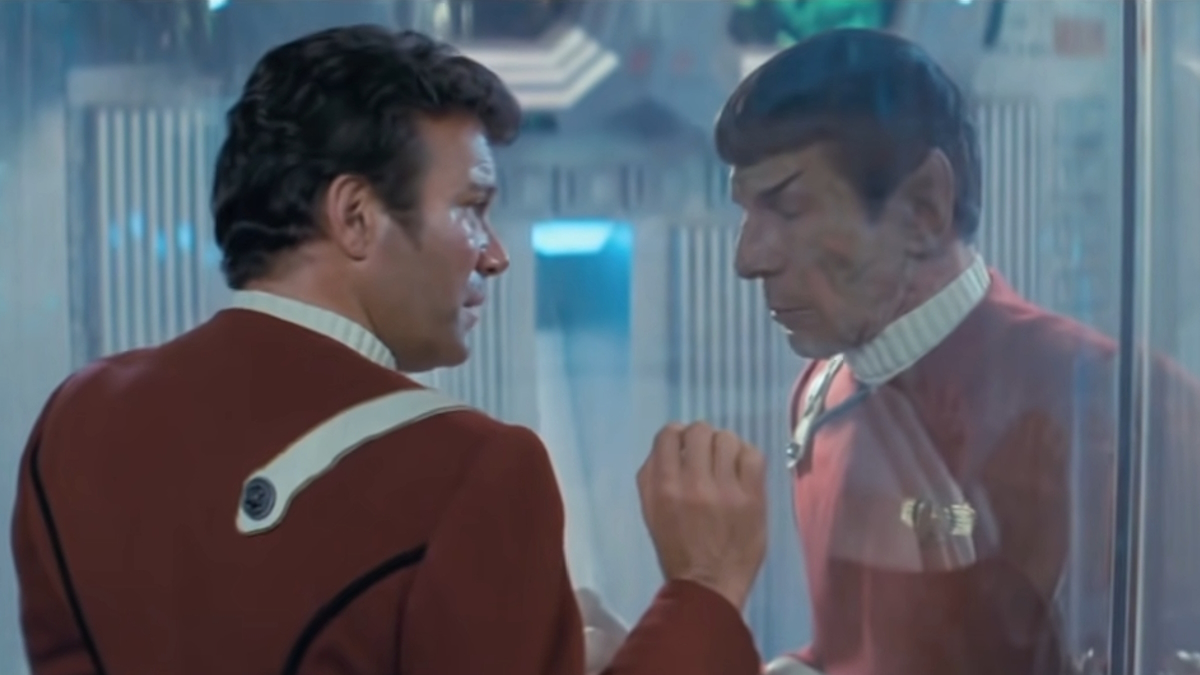
Regarded as one of the finest entries in the entire Star Trek media franchise, the solemn film sequel Star Trek 2: The Wrath of Khan brings back the scene-chewing Ricardo Montalbán as Khan, a genetically-engineered warlord from the original television series on a mission of revenge against Captain Kirk (William Shatner). Notably, the film ends on a horrific note for longtime fans, and pretty much anyone along for the ride, as it stands as a testament to the powers of friendship, the nobility of logical self-sacrifice, and all that it means to be human.
26. Wes Craven’s New Nightmare (1994)
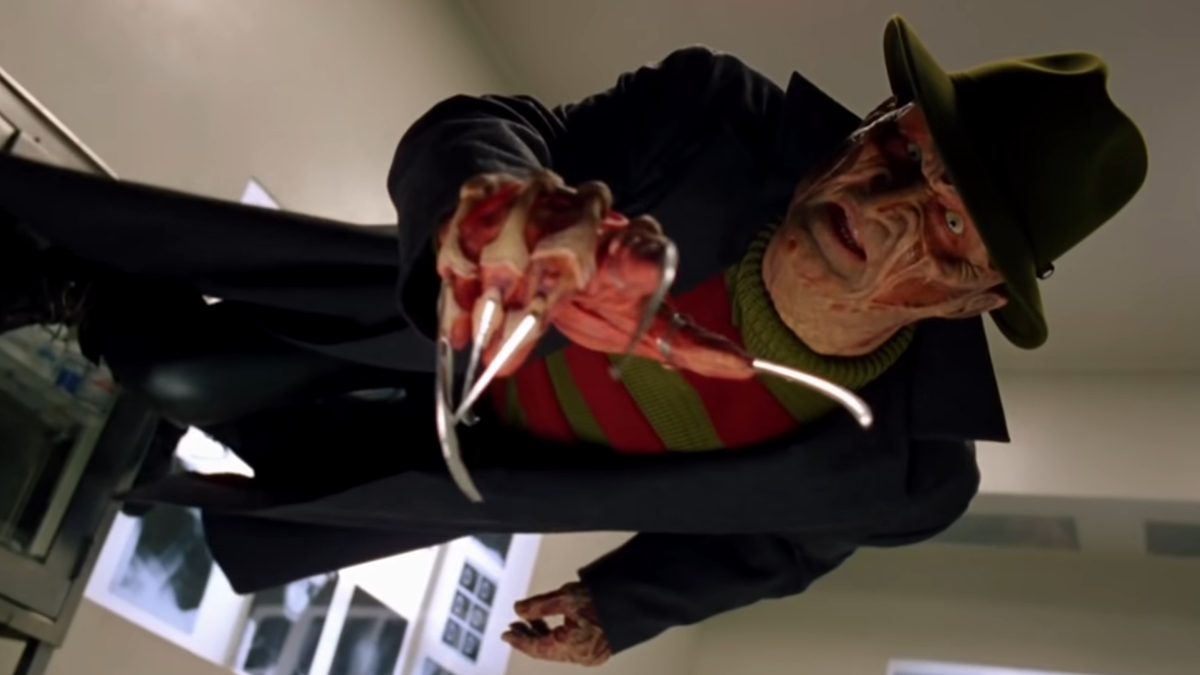
Way before moviegoers became too familiar with meta storytelling, Wes Craven’s New Nightmare set itself in our actual “real world,” and it chilled us to the bone. In Craven’s second directed feature in the series, Nightmare on Elm Street exists as a successful Hollywood franchise - and the only way of keeping the true evil of Freddy Krueger contained. Heather Langenkamp, who plays a fictionalized version of herself, finds her waking reality collapsing as Freddy menacingly creeps out of the screen and comes after her and her family. Through stunning direction by the master Wes Craven, his New Nightmare still plays like a terrifying dream.
25. Glass Onion: A Knives Out Mystery (2022)
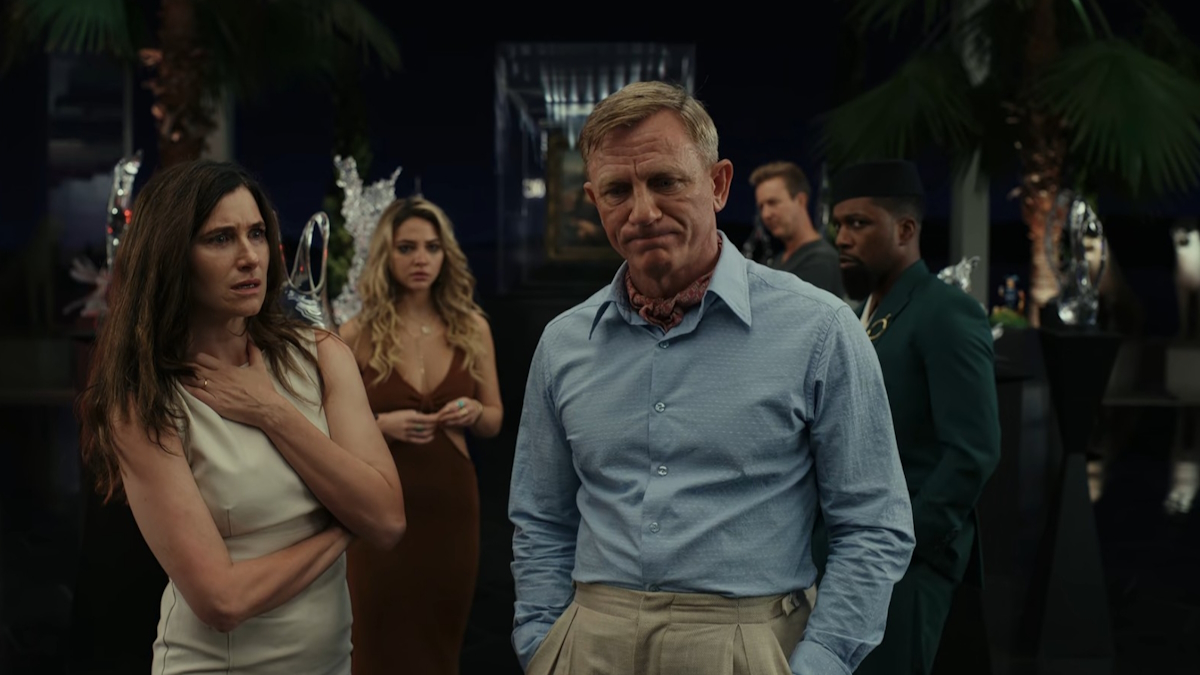
After the success of 2019’s Knives Out, audiences hoped to see more of Daniel Craig’s gentleman detective Benoit Blanc take on a new case - a true 21st century Hercule Poirot, basically. In 2022, Knives Out fans had their wishes granted in the Netflix-exclusive sequel Glass Onion: A Knives Out Mystery, with Benoit eagerly taking on a case involving a tech billionaire (played by Edward Norton) and a private Greek island party thrown for his closest friends and enemies. Set during that sweltering COVID-19 summer of 2020, Rian Johnson’s lively sequel stands on its own feet as a satire of just how much quarantine made us lose all our right senses.
24. Army of Darkness (1992)
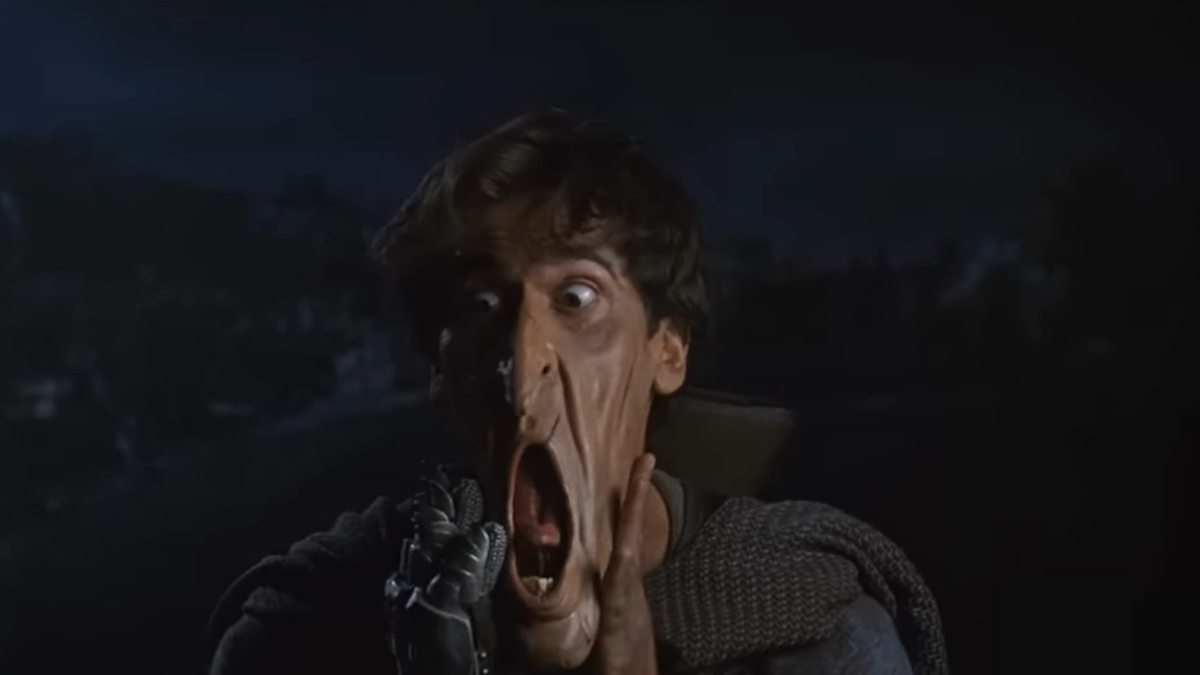
No shade towards Evil Dead II, itself a classic sequel with its mixture of splatter horror and humor in ways that have yet to be replicated. But the final installment of the Evil Dead trilogy, 1992’s Army of Darkness, shows just how much fun can be had by discarding established formulas. Picking up from the ending of Evil Dead II, Army of Darkness follows Ash (Bruce Campbell) time displaced to the Middle Ages where he must battle legions of waking skeletons before returning to his proper time. While Army of Darkness (which once had the working title of Medieval Dead) is lighter in tone compared to its predecessors, it’s heavy on action and a lot more daring even just on paper, showing the virtues of refusing to rest on laurels. Why the Middle Ages? Well, why not?
23. Creed (2015)
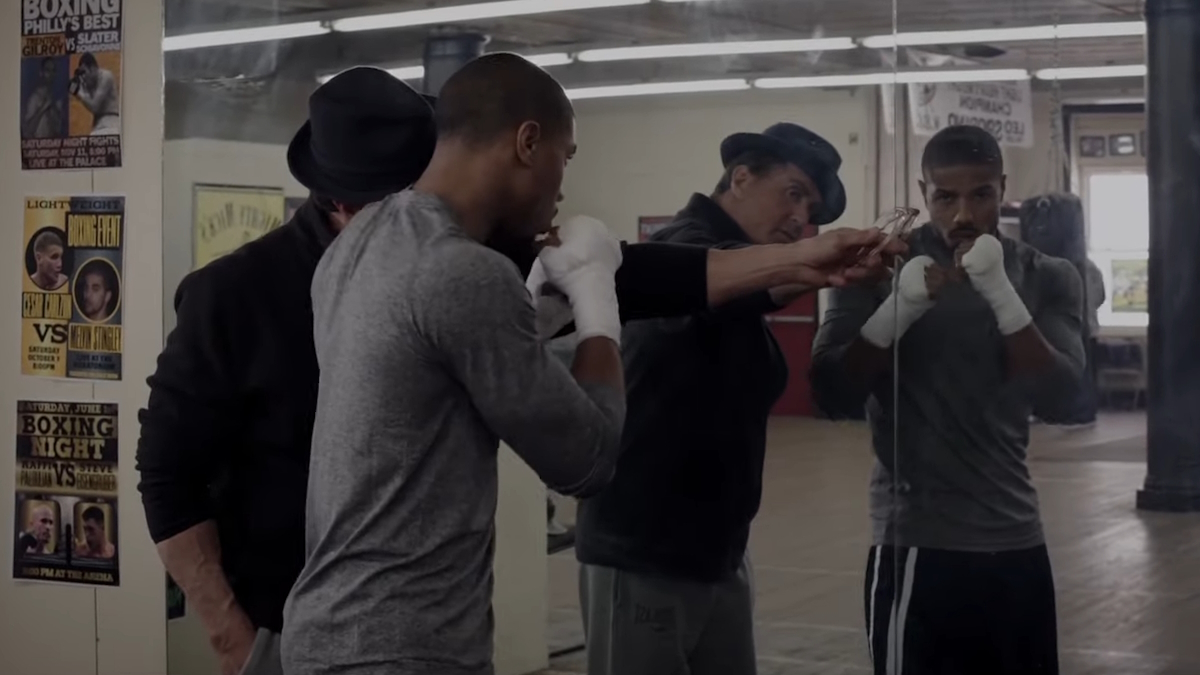
The Rocky film series launched some powerful sequels: Rocky II and Rocky III are authentically riveting sports dramas, while Rocky IV is a cultural artifact that casts in ember Cold War-era tensions. (The less said about Rocky V, the better.) As good as 2006’s Rocky Balboa was, 2015’s sequel/spin-off Creed, with Michael B. Jordan as second generation pugilist Adonis Creed, is the true spiritual reincarnation of ‘76 Rocky without overwriting or rebooting it outright. In addition to a revelatory Jordan, it allowed director Ryan Coogler to prove his mettle as a true contender for the Marvel Universe, ultimately helming the billion-dollar mega-hit Black Panther.
22. Back to the Future Part 2 (1989)
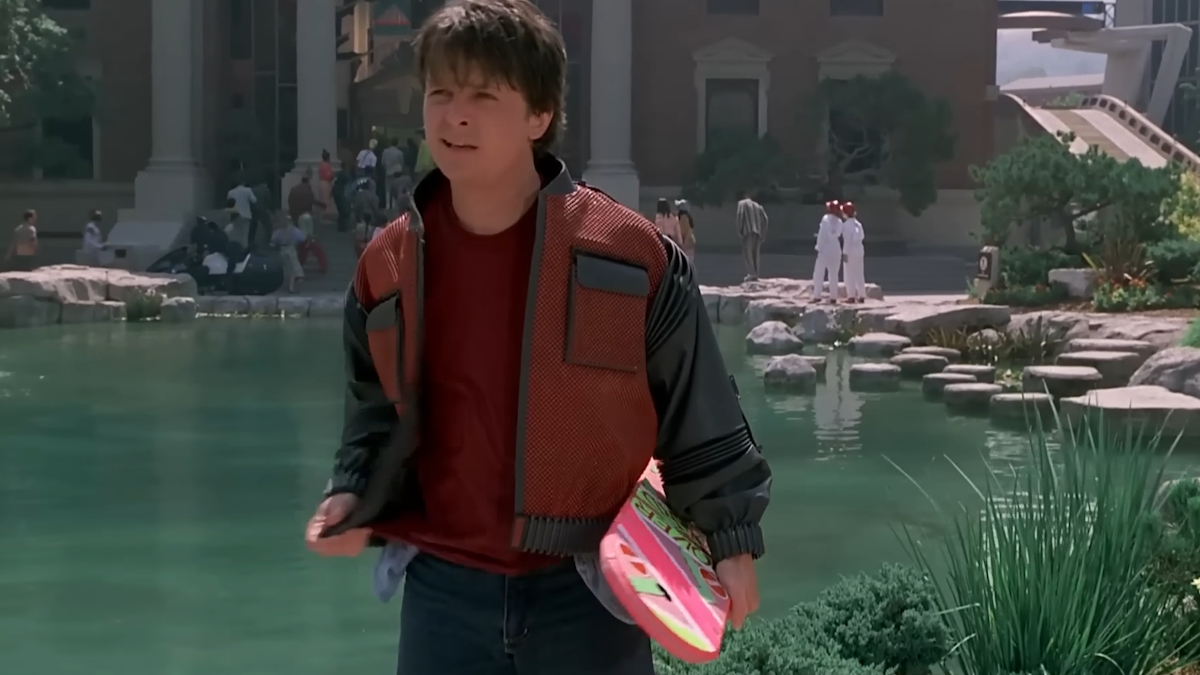
After the original installment flung Michael J. Fox’s Marty McFly backwards into the past, it was only logical that the sequel should fling him forward. Set in the then-future year of 2015, it’s startling to see what Back to the Future Part 2 actually got “right,” at least as far as anyone could foresee in the late ‘80s. (We sadly never got real hoverboards, but Nike did come out with those self-lacing sneakers for a hot minute.) But more than that, Back to the Future Part 2 is a worthy successor as a film that warns yesterday’s happy ending doesn’t prevent tomorrow’s despair.
21. Toy Story 3 (2010)
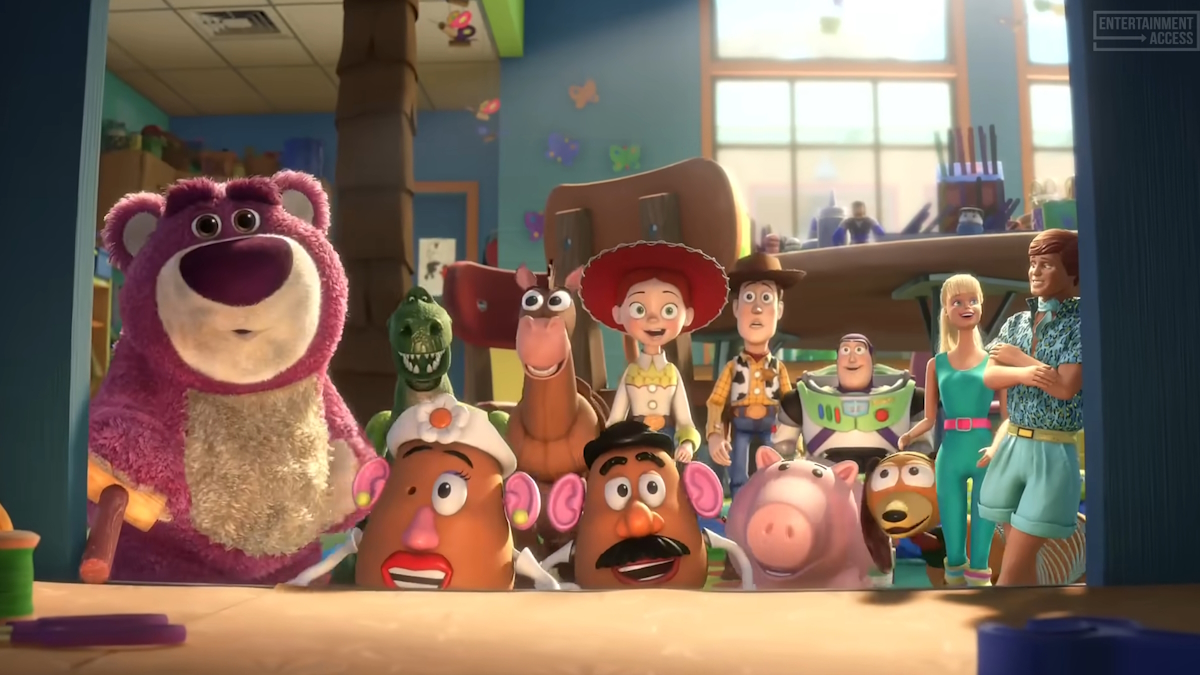
Toy Story 2 was heading to straight-to-video purgatory when it was retooled at the last minute into a worthwhile follow-up of the ‘95 original. But in 2010, as Toy Story’s original target audience were themselves embarking onto young adulthood, Disney and Pixar gave them one last reminder of their childhoods in the moving and unflinching sequel Toy Story 3. With Andy off to college, his beloved toys including Woody (Tom Hanks) and Buzz Lightyear (Tim Allen) struggle to make a new home for themselves at a preschool. In the end, Toy Story 3 testifies that the most rewarding thing about starting young adulthood isn’t elongating one’s childhood, but sharing to make other childhoods happy too.
20. Captain America: The Winter Soldier (2014)
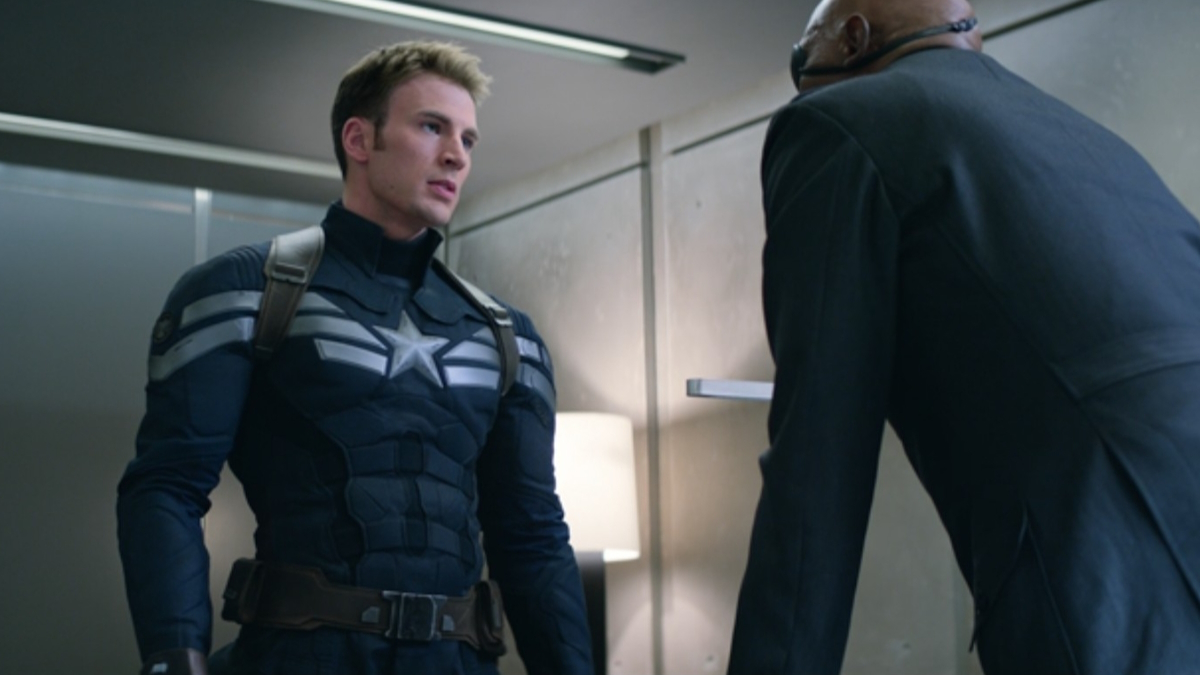
Back when the Marvel Cinematic Universe was still charting new territory, its seemingly winning formula of enlisting up-and-coming directors - like Joe and Anthony Russo, who originated from comedy television - to put their own spin on its prized collection of action figures resulted in the likes of Captain America: The Winter Soldier. In the aftermath of 2011’s Captain America: The First Avenger and 2012’s seismic hit The Avengers, the stand-alone sequel finds Steve Rogers/Captain America (Chris Evans) adapting to his 21st century surroundings, in a plot that touched on surveillance paranoia and what privacies we’re sacrificing for the sake of technological convenience. In addition to introducing Anthony Mackie as franchise mainstay Sam Wilson/The Falcon and bringing back Sebastian Stan as the troubled Bucky Barnes, The Winter Soldier remains a classic for its homage to ‘70s spy thrillers, demonstrating how flexible superhero stories are outside their familiar spandex.
19. The Matrix Resurrections (2021)
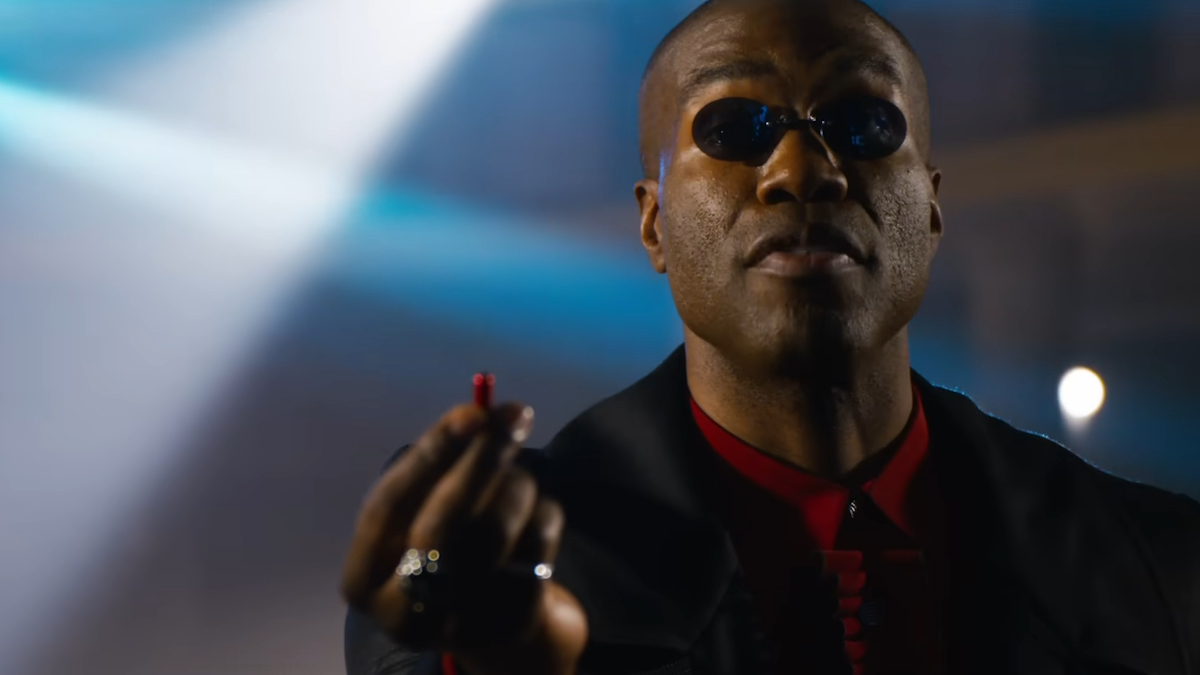
In the years after The Matrix Revolutions from 2003, any time Warner Bros. publicly made movement on a continuation - or, dreadfully, a reboot - of The Matrix felt like a threat. Eventually, Lana Wachowski alone took on the reins of, ahem, resurrecting her beloved saga (originally co-created with sister Lilly Wachowski), with Keanu Reeves and Carrie Ann-Moss back in their famed roles of Neo and Trinity respectively. Conceived as a way to overcome some personal grief, The Matrix Resurrections allows Wachowski to take on Hollywood’s obsession for reboots and copy-paste productions for empty nostalgia pay-off, with a movie that asserts The Matrix as belonging to her and her alone no matter what studios choose to do with it next.
18. Dawn of the Dead (1978)
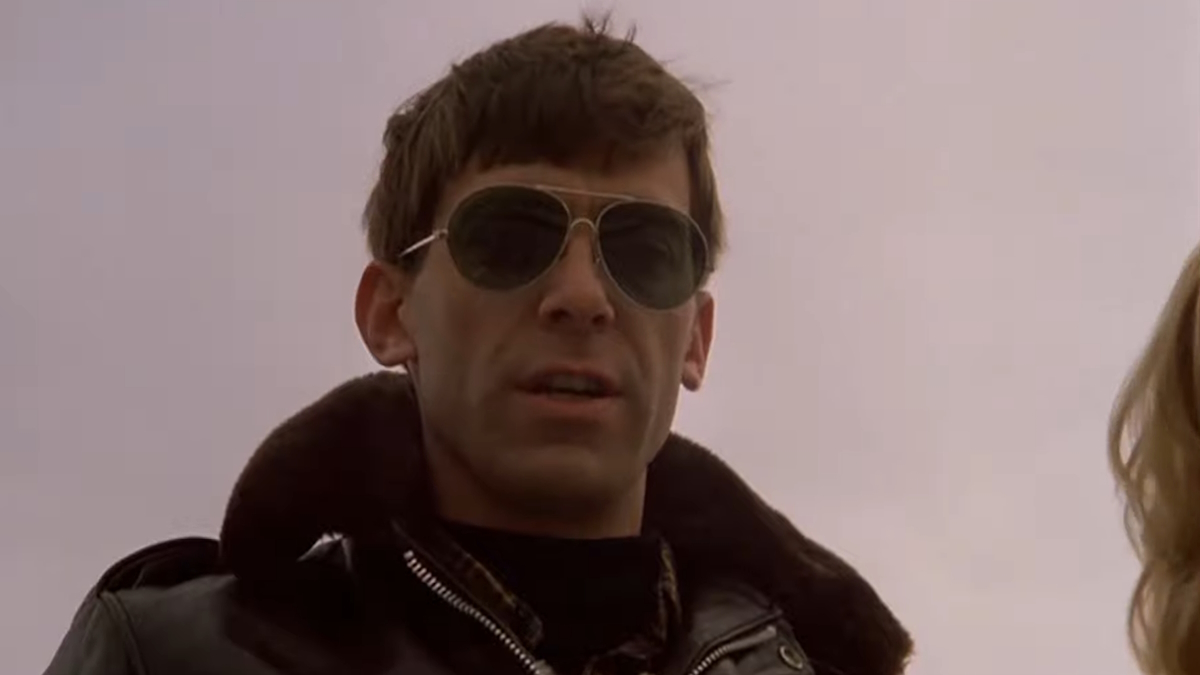
10 years after George A. Romero basically invented the zombie horror genre with Night of the Living Dead, the filmmaker followed up his genius with an equally influential (albeit standalone) sequel: Dawn of the Dead. Set at the start of the zombie plague, Dawn of the Dead follows survivors taking refuge in a shopping mall. As if anticipating the economic prosperity that would characterize the 1980s - resulting in the sharp rise of suburban shopping centers - Romero’s movie cleverly satirizes the braindead behaviors of rampant consumerism and the death of community inside its concrete, sanitized interiors. Years later, the video game series Dead Rising would spiritually channel Romero’s movie, with players forced to survive three days inside a sprawling, zombie-infested shopping mall.
17. Avatar: The Way of Water (2022)
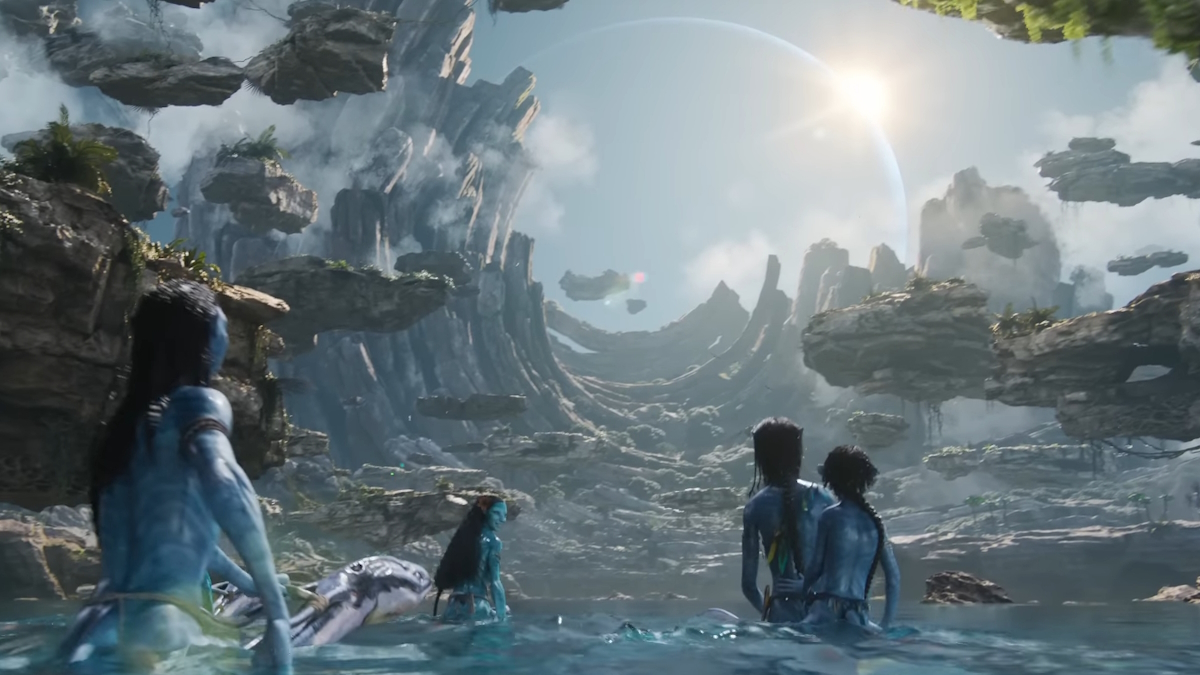
In 2009, James Cameron released his sci-fi epic Avatar, a magnificent blockbuster with themes of natural preservation and anti-colonialism while featuring immersion made possible by cutting-edge technology. After years in development, Cameron brought audiences back to Pandora with Avatar: The Way of Water, a note-perfect sequel with eye-popping visual effects that took moviegoers even further into the depths of his imagination. Avatar: The Way of Water proved that the proverbial “cultural footprint” some argue its predecessor never left has always been there, we were just too far deep to realize it.
16. Before Sunset (2004)
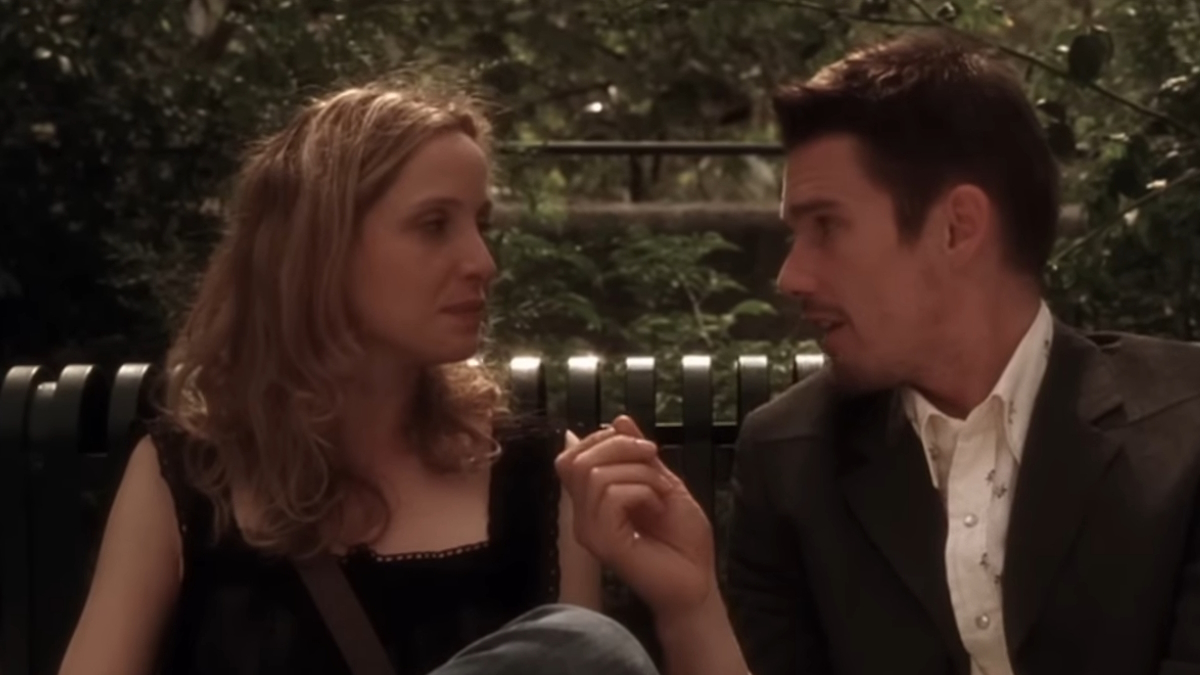
In 1994, two young strangers met on a train to Vienna. Somewhere in their hearts, they fell in love, they just didn’t know how to find each other again. Finally, in 2004, Richard Linklater reunited both Ethan Hawke and Julie Delpy’s lovestruck wanderers in Before Sunset, their characters now meeting in Paris after Jesse (Hawke) travels for a book tour - a novel based on his one night wonder with Céline (Delpy) all those years ago. While Before Sunset is considerably shorter than both the original and the 2013 installment Before Midnight, Before Sunset succeeds as a much-needed catch up with old faces while leaving us to wonder what happens next - again.
15. Logan (2017)
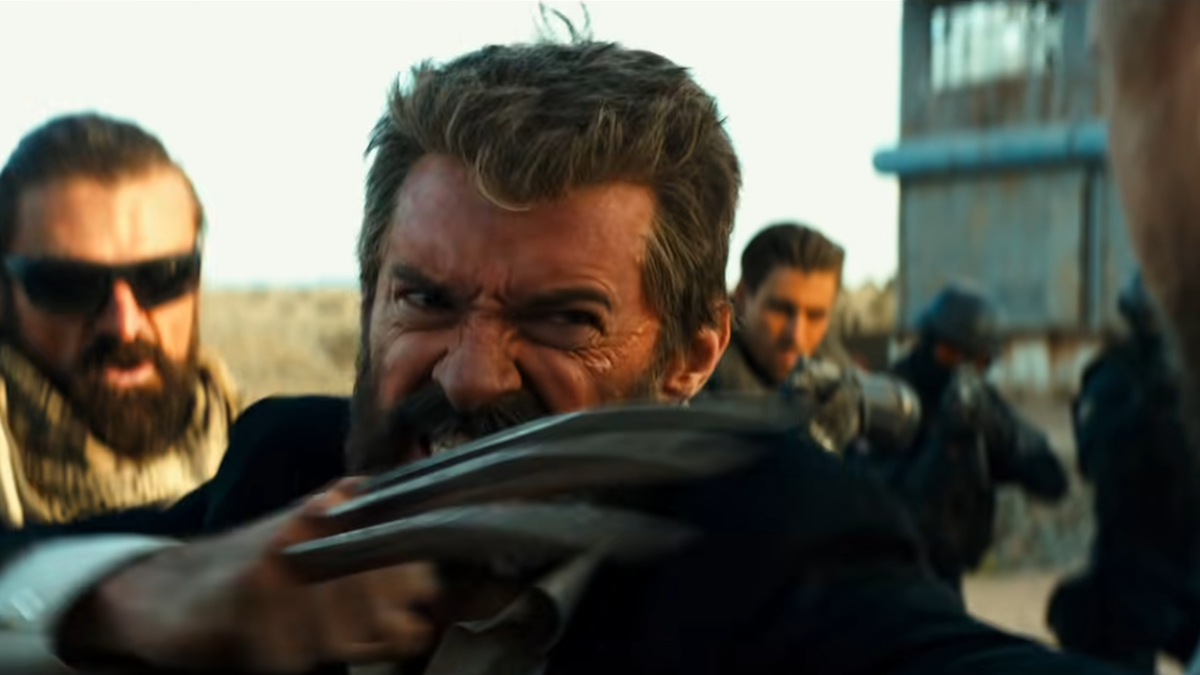
In the thick of superhero movie domination, James Mangold and Hugh Jackman together said to hell with shared universes and delivered their neo-Western classic Logan. While loosely the third and final film in the Wolverine sub-trilogy (of the larger X-Men franchise), the R-rated Logan stands tall on its own as a transgressive finale in which heroic deeds go fully punished, but are still necessary to keep heroes alive. Set in a dark future with Wolverine (Jackman) as the last living X-Men member, the clawed anti-hero must bring along his genetic “daughter” Laura (Dafne Keen) on a daring cross-country mission to escape an evil science lab. Taking inspiration from films like Shane and Unforgiven, Logan acknowledges the superhero genre as the spiritual descendant of gunslinger Westerns, championing their worth even as the genre slowly marches towards uncertain doom.
14. 22 Jump Street (2014)
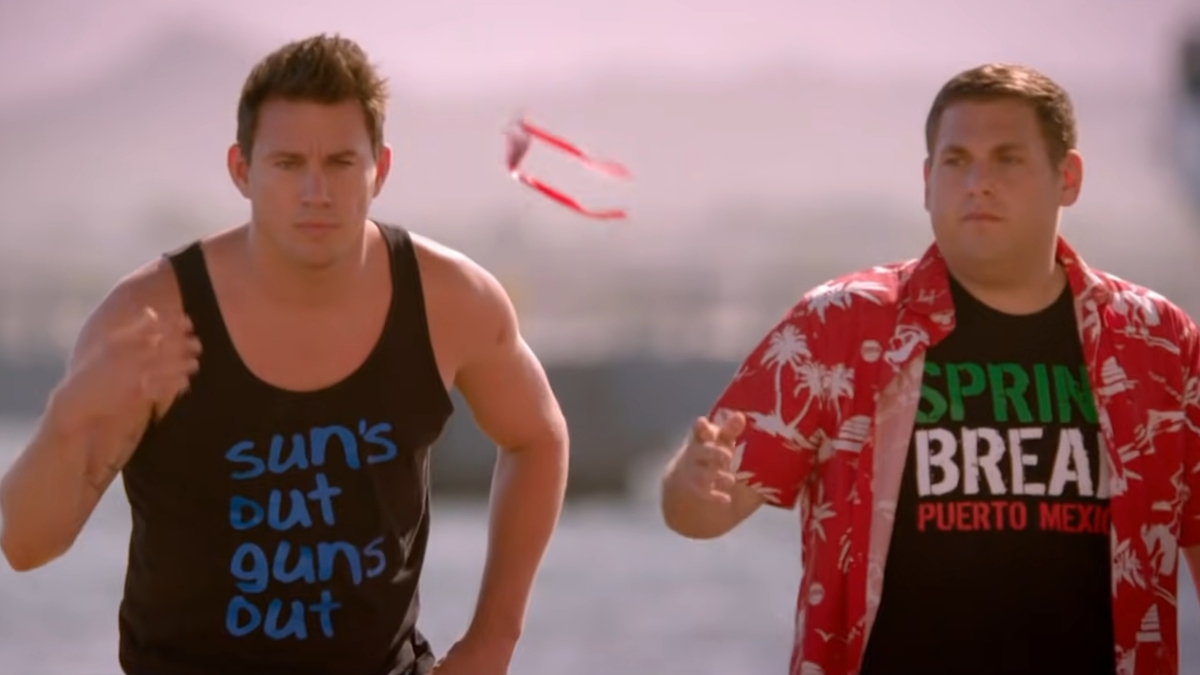
Few expected 21 Jump Street, a cinematic reboot of the original tween TV series, to be such a joy. Even fewer expected 22 Jump Street to match those same heights. But that’s just what happened in 2014, with directors Phil Lord and Christopher Miller passing with honors by delivering an equally hilarious and heartfelt sequel. Two years after their successful operation at Sagan High School, undercover cops Morton (Jonah Hill) and Greg (Channing Tatum) take on a new case to stop a crime ring at a university. 22 Jump Street is simply more of what made 21 Jump Street a blast, only with the natural progression of spoofing college life, which they realize is just as messy and complicated.
13. Aliens (1986)
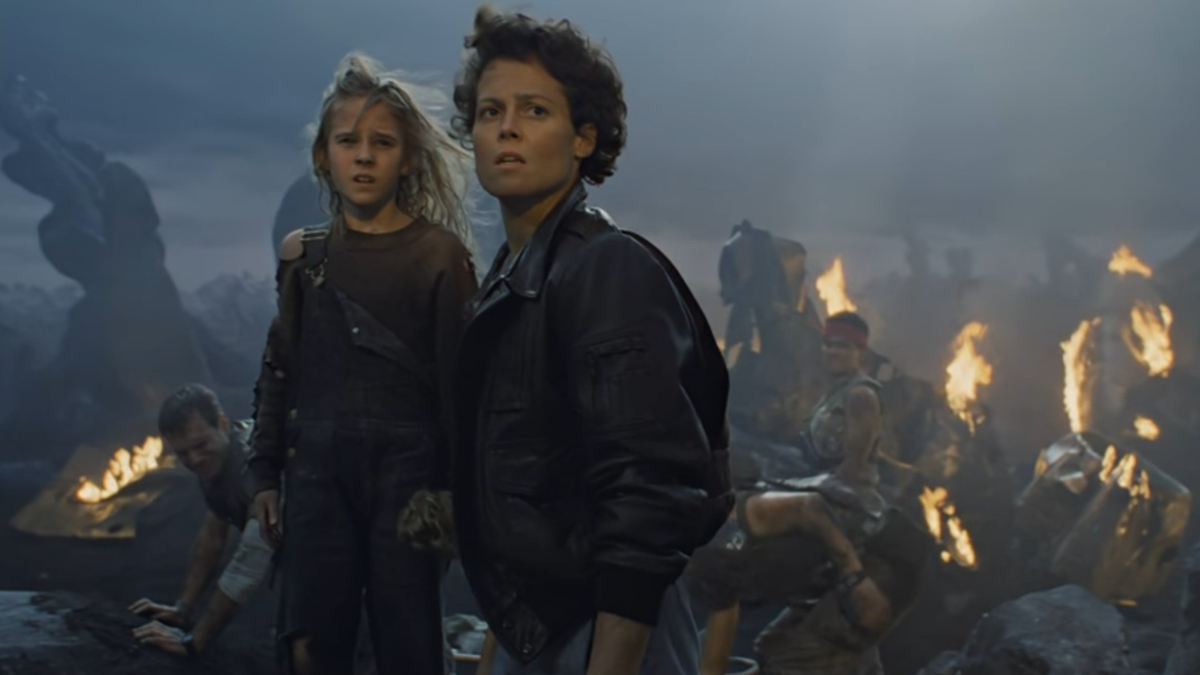
In space, no one can hear you scream. But they can definitely hear you cheer out, “Hell yeah!” Several years after Ridley Scott spooked audiences with Alien, James Cameron picked up the baton with Aliens, an action-packed sequel where Ellen Ripley (Sigourney Weaver) is reawakened after almost 60 years in stasis, and is asked by the Weyland-Yutani Corporation to look into a colony that may or may not be overrun by Xenomorph eggs. While Aliens intentionally doesn’t have the same sort of anxious dread of Scott’s original film, Cameron’s sequel relishes in its adrenaline-fueled extermination.
12. Spider-Man 2 (2004)
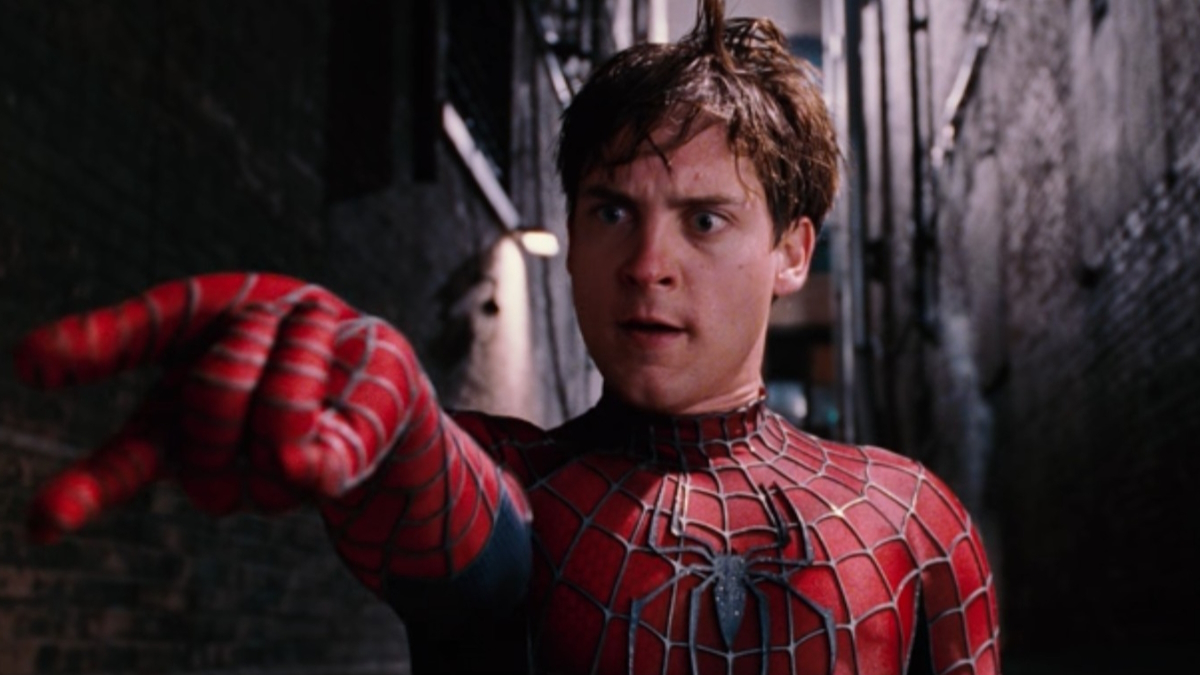
When Sam Raimi returned to the Spider-Man franchise, superhero movies had a pretty solid track record of sequels. Superman II, Batman Returns, and even the year’s previous X2: X-Men United were all outstanding examples of superhero sequels being rather mighty. But Spider-Man 2 was and is something else. Besides Raimi going even more whole hog into his sensibilities (see the origins of Doc Ock, played by a textured Alfred Molina), Spider-Man 2 practically dispels the allure of superhero power fantasies, showing how much self-sacrifice and commitment it takes to keep a city safe. It may even cost Peter Parker (Tobey Maguire) happily ever after.
11. Dawn of the Planet of the Apes (2014)
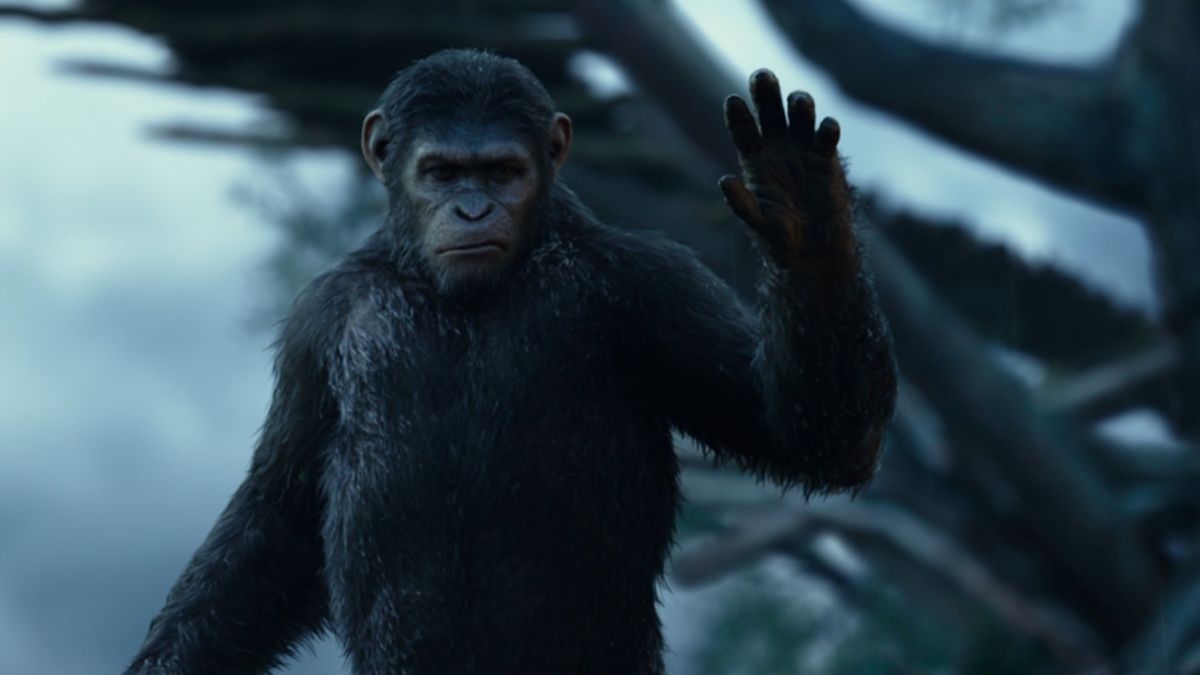
Following in the footsteps of the 2011 reboot/origin movie Rise of the Planet of the Apes, director Matt Reeves - with writers Mark Bomback, Rick Jaffa, and Amanda Silver - sought to find exactly when and where humanity surrendered its supremacy to apes in Dawn of the Planet of the Apes. As Caesar (Andy Serkis) tries to keep control over the increasingly sophisticated ape community, human survivors fight to keep their own species alive. While alliances between species are forged, they are precarious, and mistrust and betrayals become the sparks that ignite the fires of war.
10. Top Gun: Maverick (2022)
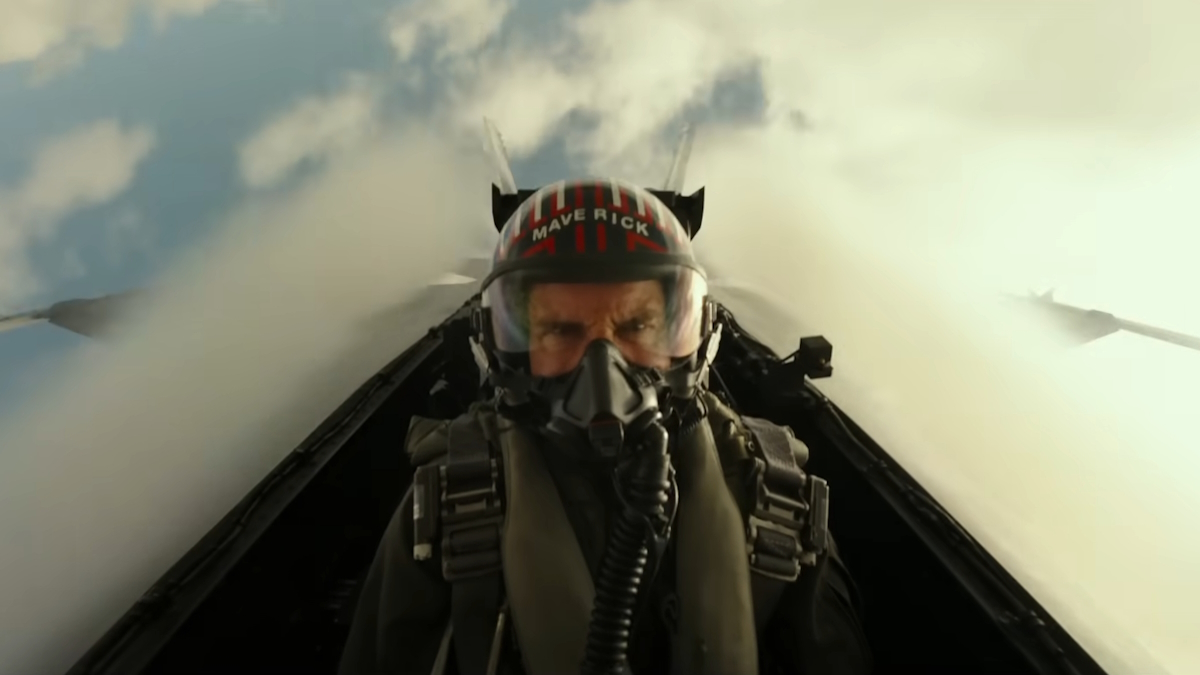
As theaters still struggled to recover post-COVID-19, Tom Cruise came in on a jet and kept things flying high. While Cruise is no stranger to great sequels - just look at his handful of Mission: Impossibles - Top Gun: Maverick is a finely designed sequel of particular craftsmanship, a blockbuster that meditates on limits being suggestions rather than law. Though Cruise reprises his role of Captain Mitchell, the movie takes on a meta vibe with Cruise not only training a new generation of potential replacements (including Miles Teller and Glen Powell) but testing himself as a self-anointed vanguard for what artists, and mankind, can achieve.
9. Star Wars: The Last Jedi (2017)
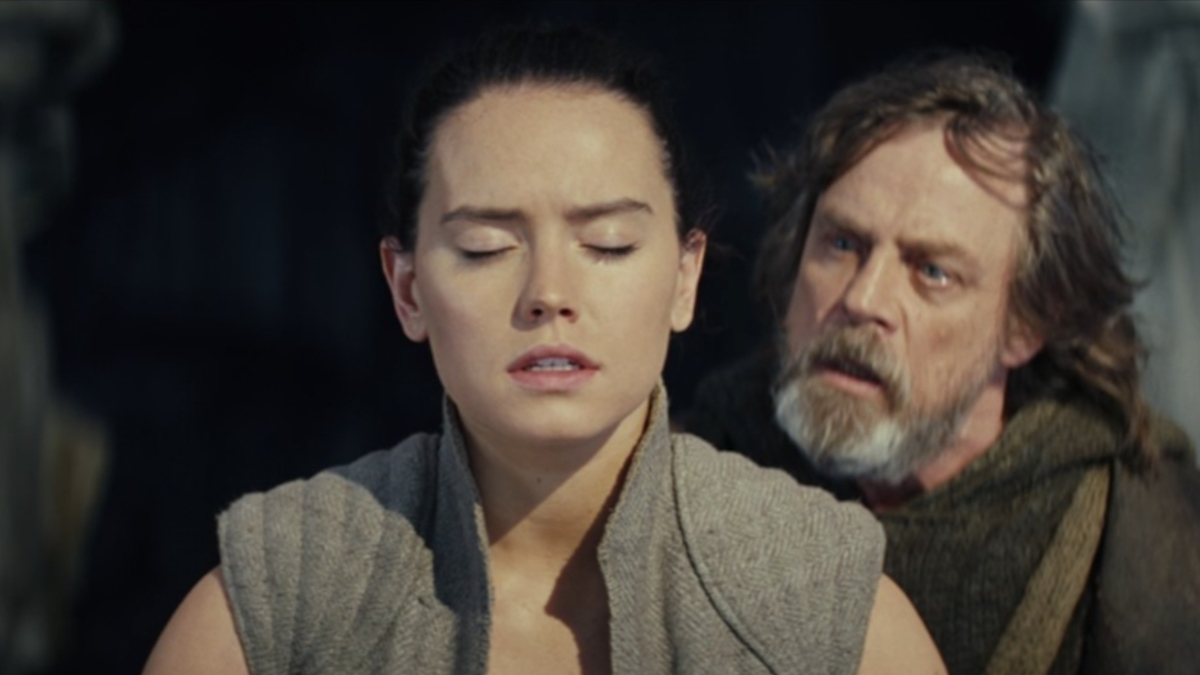
Though controversial and divisive, Star Wars: The Last Jedi is the rare franchise IP sequel that is introspective about its own meaning and its role to play in a wider legacy. Continuing from 2015’s The Force Awakens, Rian Johnson follows Rey (Daisy Ridley) as she seeks to learn the ways of the Jedi under Luke Skywalker (Mark Hamill), only to find someone unwilling to do so. While some longtime Star Wars fans have nothing but venom for The Last Jedi, there are just as many fans who find The Last Jedi a thoughtful and provocative sequel.
8. The Lord of the Rings: The Return of the King (2003)
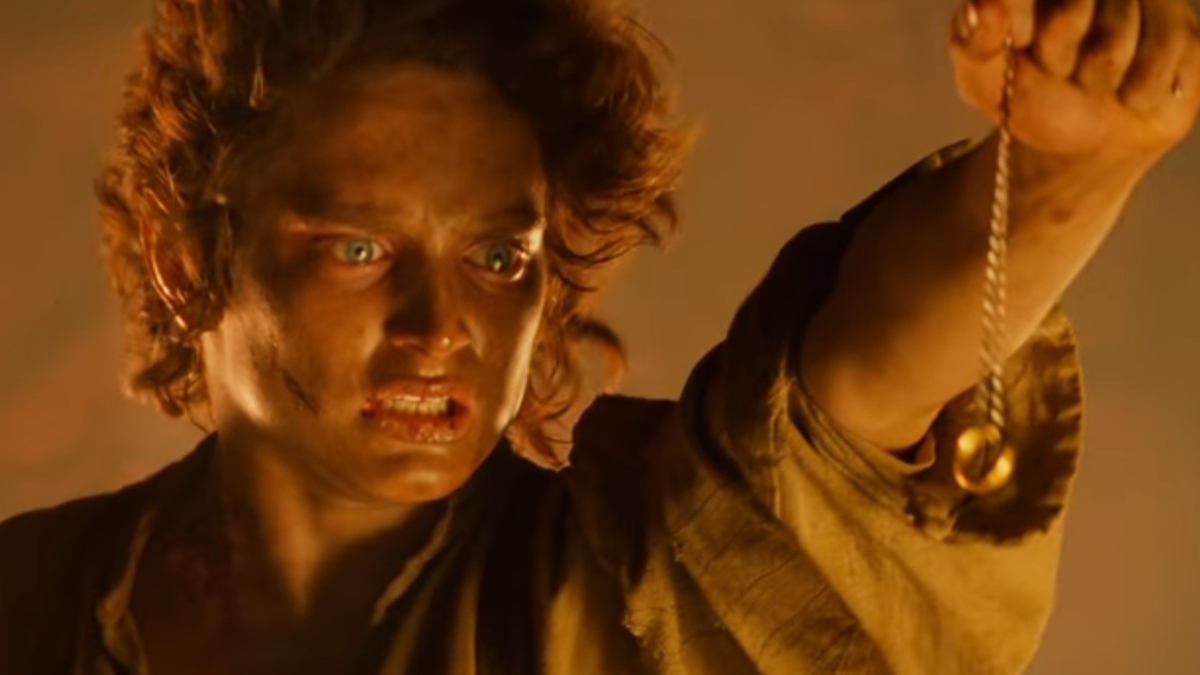
It is nothing short of a miracle that Peter Jackson’s Lord of the Rings trilogy simply exists. A breathtaking rendition of J.R.R. Tolkien's original novels, the saga culminates in the 2003 finale, The Return of the King, a truly epic blow-out that concludes Frodo's long quest through Middle-earth. From its haunting prologue revealing the descent of Sméagol into Gollum, to its scorching climax inside Mount Doom, Lord of the Rings forever upped the ante and blockbuster movies have never been the same. Even now, One Ring rules them all.
7. Blade Runner 2049 (2017)
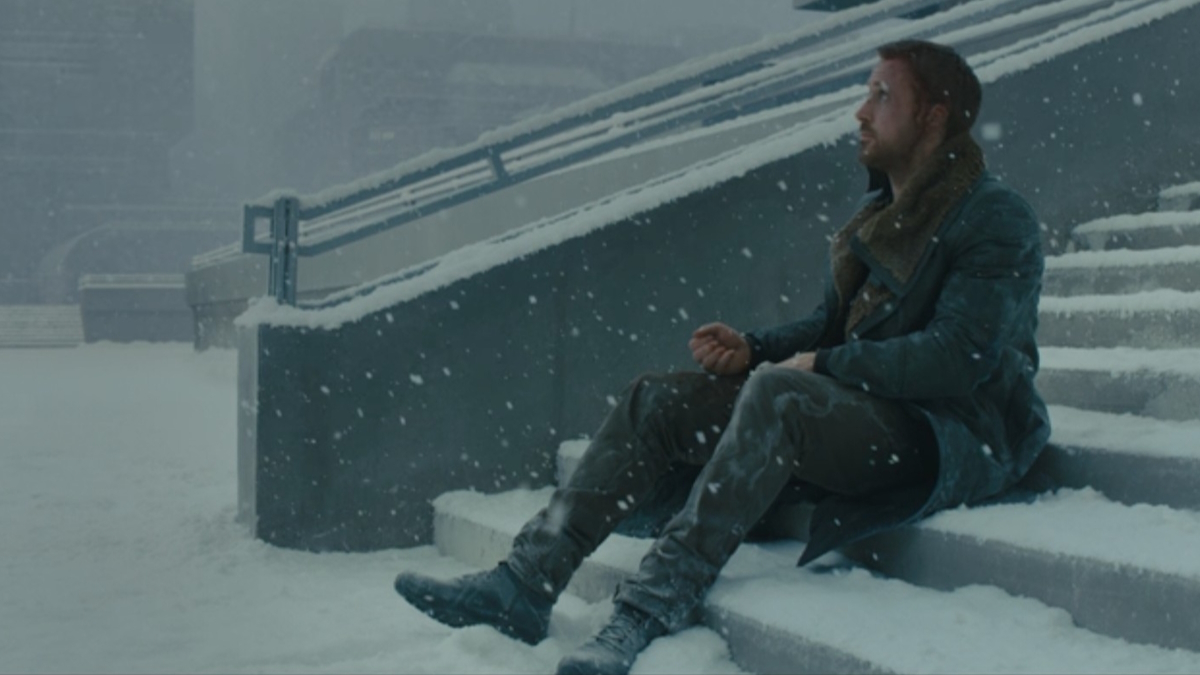
As mystifying and textured as Ridley Scott’s original sci-fi masterpiece, Denis Villeneuve’s sequel Blade Runner 2049 flips the script with Officer K (Ryan Gosling), a Replicant and L.A. cop, looking into the impossible possibility that he may be human. A dark and mesmerizing portrait of keeping hope for oneself in a hopeless world, Blade Runner 2049 is partially a damning critique warning against self-actualization, for it’s human nature to place on ourselves expectations that may not be in sync with reality. Still, Blade Runner 2049 isn’t cynical, with just a little room for interpretation to believe otherwise.
6. The Dark Knight (2008)
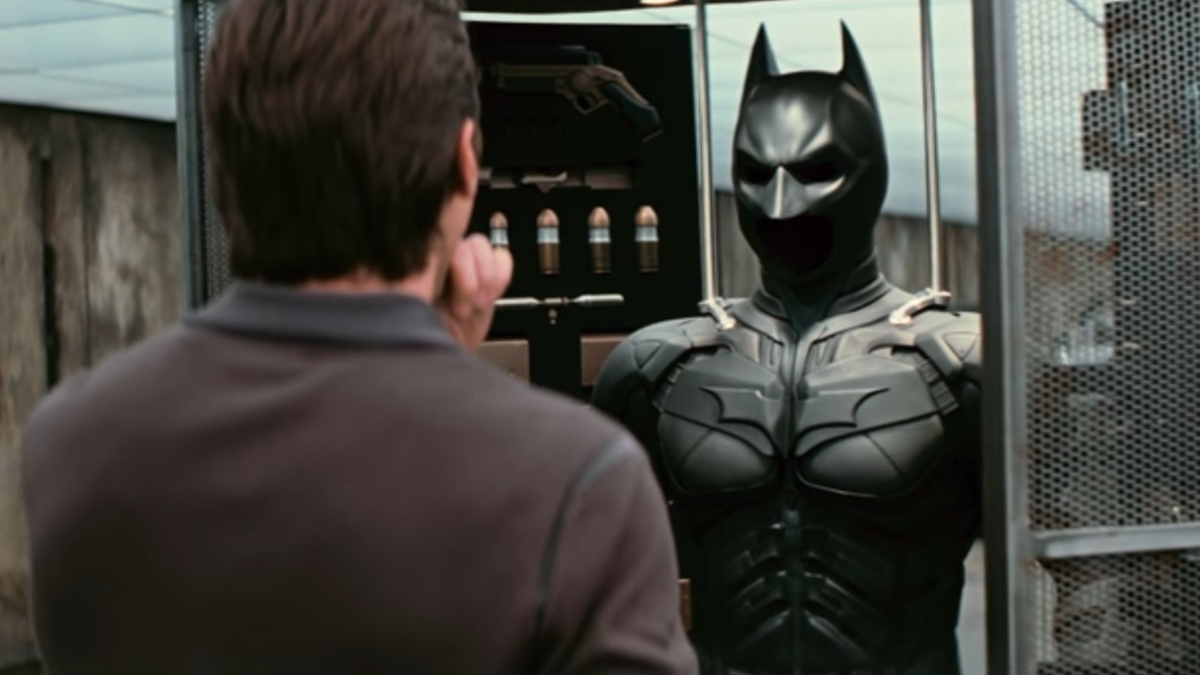
A crime epic in the disguise of a politically charged superhero blockbuster, Christopher Nolan permanently changed everything with his 2008 sequel The Dark Knight. Picking up from his 2005 reboot Batman Begins, The Dark Knight brings Batman (Christian Bale) face to face with the scarred visage of a terrorist mastermind, the Joker (a transformative Heath Ledger). Underscored by War on Terror-era paranoia and possessing Nolan’s own ambition to basically remake Michael Mann’s Heat, The Dark Knight is as expansive as Batman’s cape, all without the noise of shared universe Easter eggs and useless post-credits scenes.
5. The Godfather Part 2 (1974)
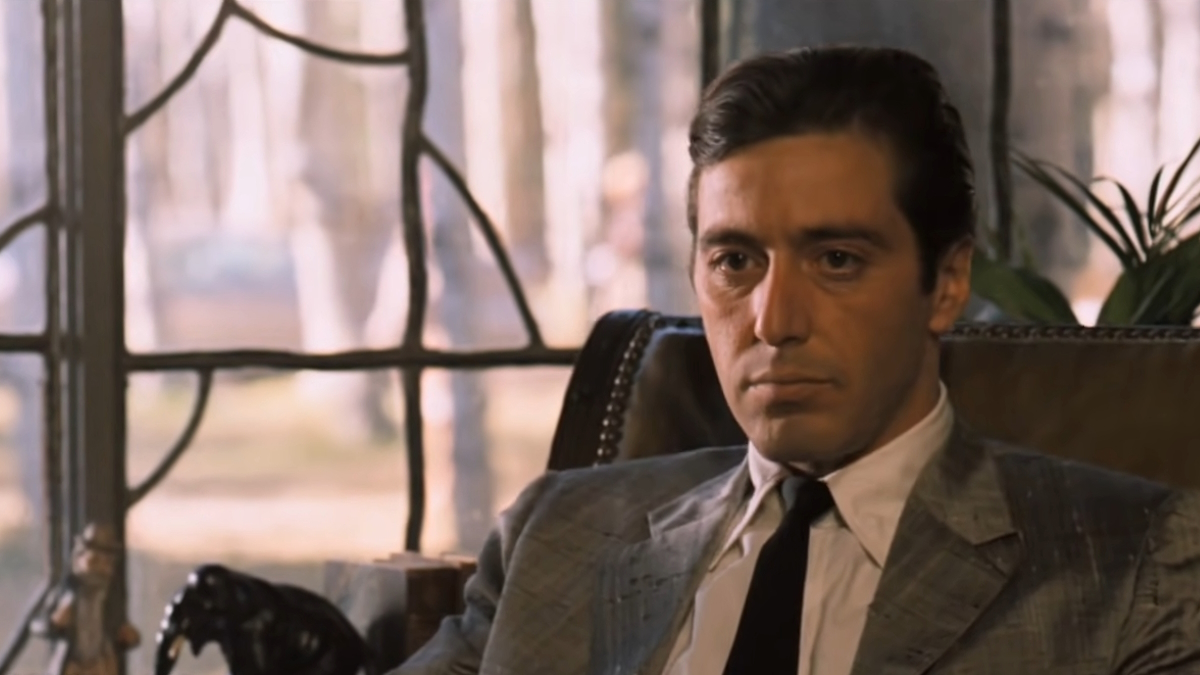
Somehow even bigger and more austere than its forerunner, Francis Ford Coppola expands from his 1972 masterpiece with his era-defining sequel The Godfather Part 2 from 1974. Across its hefty 202-minute runtime, Coppola traces the origins of Vito Corleone (played by Robert De Niro), who comes to amass power and influence as a mafia don in the early 20th century, and its parallel lines to his own son Michael (Al Pacino) running the show in the late 1950s. While The Godfather is an irreplaceable classic, The Godfather Part 2 is a gold-plated follow-up that might have enough meat on its bones to overpower the original.
4. Terminator 2: Judgment Day (1991)
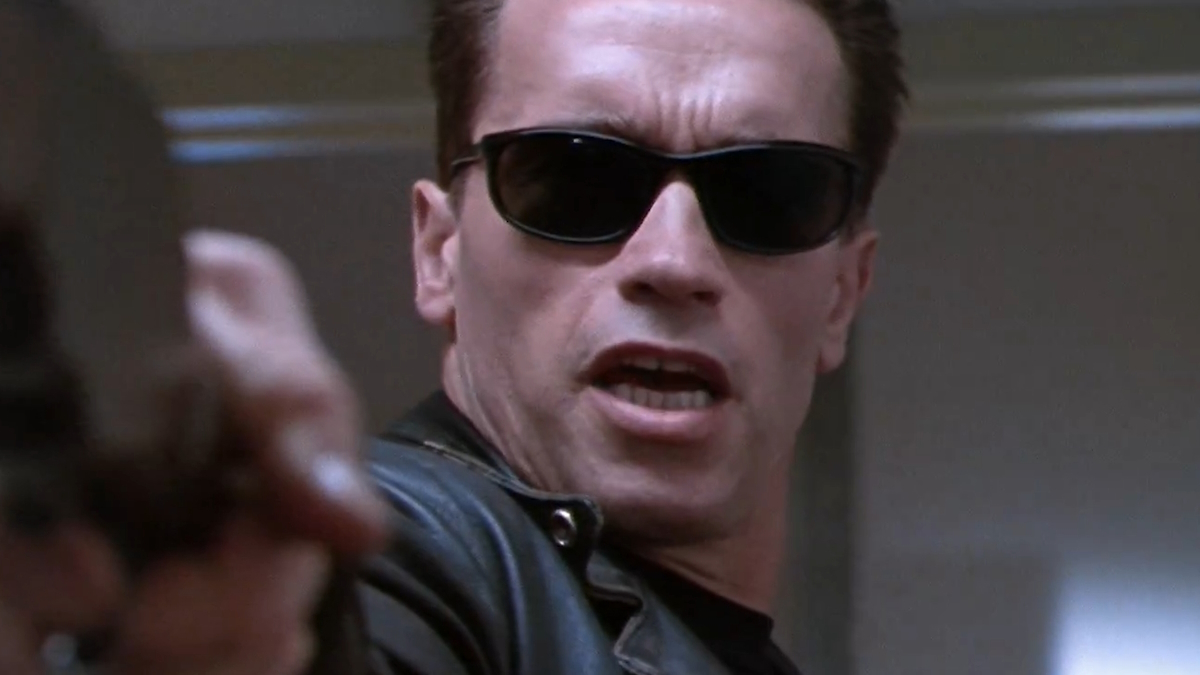
The original ‘84 Terminator was a breakout hit, but Terminator 2: Judgment Day is and was a game-changer. Set in the then-near future of 1995, a reprogrammed T-800 (Arnold Schwarzenegger) arrives from the year 2029 to protect an adolescent-age John Connor (Edward Furlong), mankind’s future leader, from assassination by the liquid monstrosity T-1000 (Robert Patrick). A thematically complex blockbuster about hope, legacy, and faith and an action-packed spectacle armed with aged-like-wine visual effects, Terminator 2: Judgment Day earns the right to be considered a cinematic classic that decimates the movie that came before it.
3. The Bride of Frankenstein (1935)
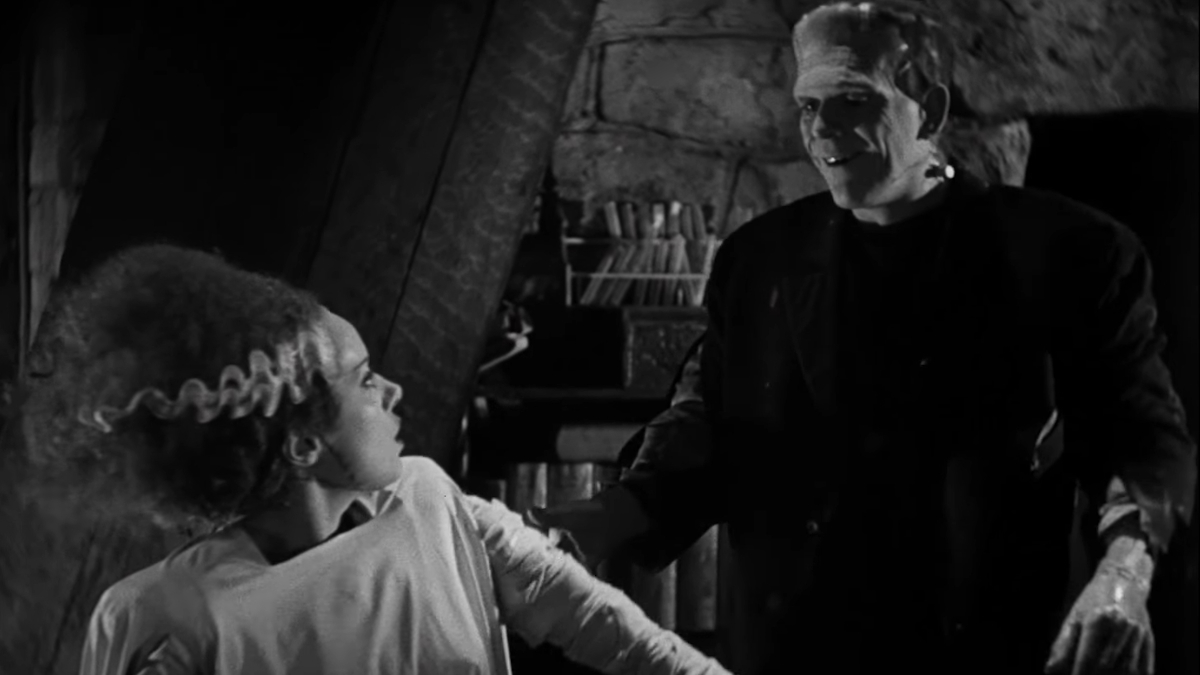
In James Whale’s sequel to his 1931 horror hit Frankenstein, Boris Karloff and Colin Clive return as Dr. Frankenstein (Clive) is forced to animate a “bride” for his creation (Karloff). Thus introduces Elsa Lanchester as the titular Bride (also nicknamed Mary Shelley, in a nod to the original author). While the original Frankenstein is a classic that was made right by Shelley’s novel, Bride of Frankenstein expands on the story, proposing deeper dimensions with regards to sexuality, societal norms, and even romantic rejection. As the monster tragically puts it: “We belong dead.”
2. The Empire Strikes Back (1980)
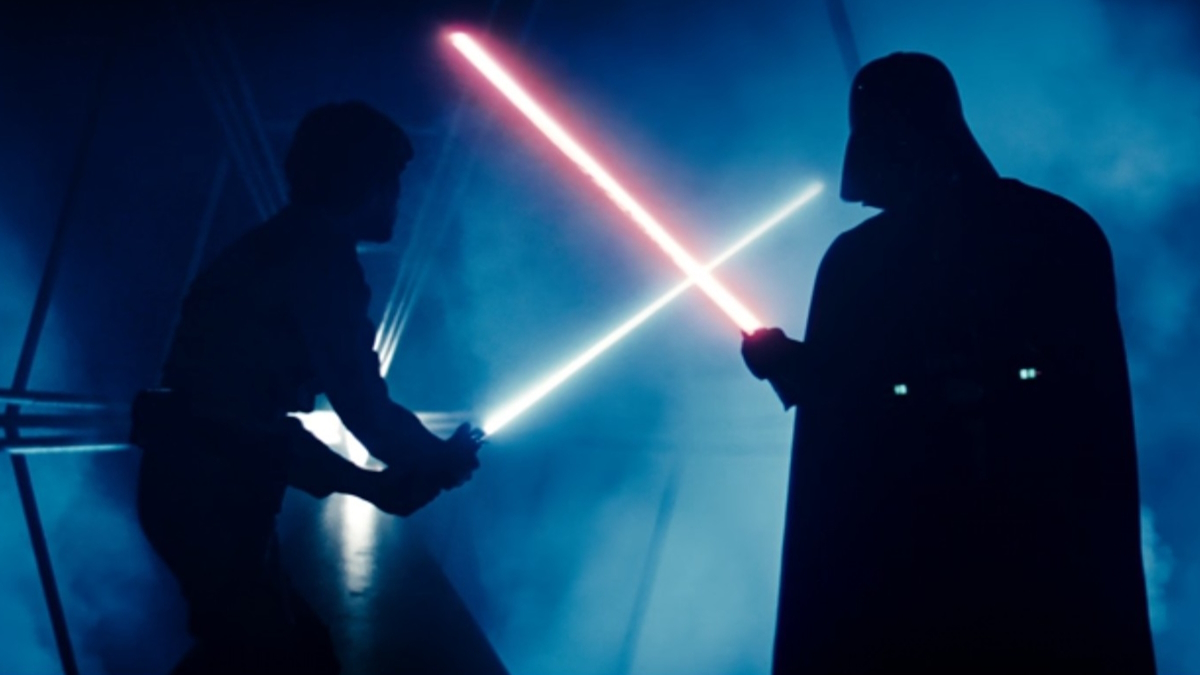
Sequels weren’t new in the 1980s. But they had an unsavory reputation for being derivative and lesser-than than their respective originals. No sequel of the 1980s proved evidence to the contrary than The Empire Strikes Back. Directed by Irvin Kershner, the movie continues the Rebellion and their efforts to topple the Empire, with Luke Skywalker (Mark Hamill) going alone to train with the elusive Yoda to become a Jedi Knight. Bigger and better than Star Wars in every way, The Empire Strikes Back laid the foundation for what all sequels should do: Expand upon, and never imitate, the original.
1. Mad Max: Fury Road (2015)
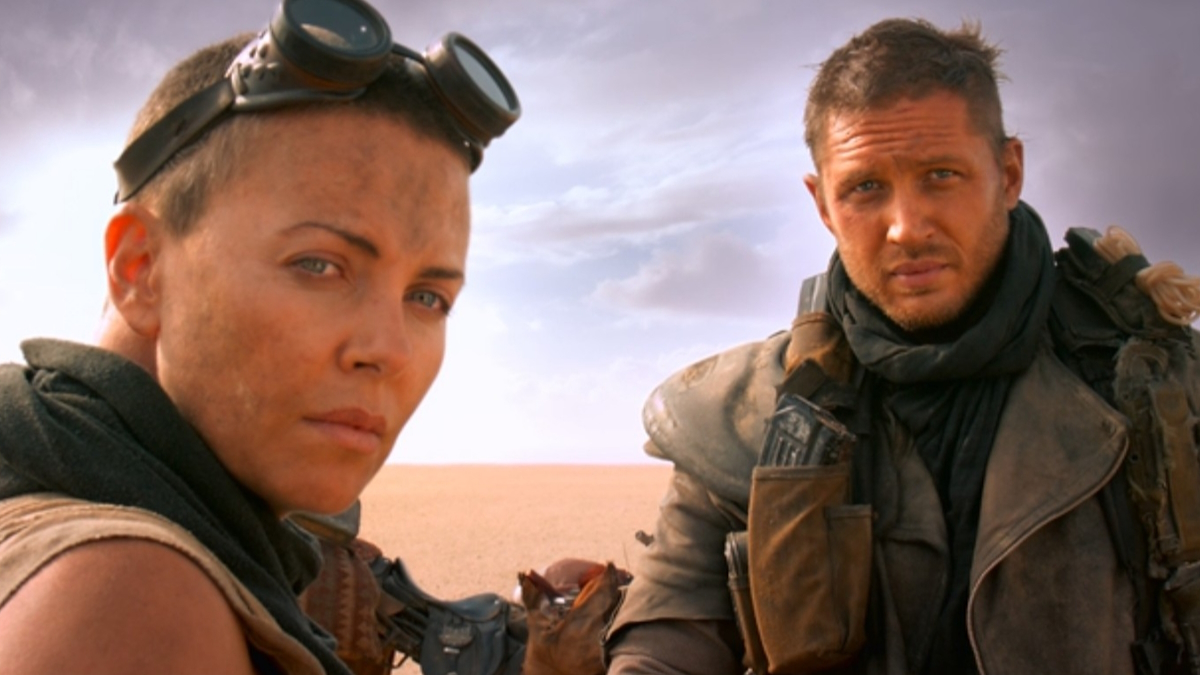
Thundering before our eyeballs in 2015 was George Miller’s Mad Max: Fury Road, a semi-connected sequel to his Mad Max film series. Picking up some time after Mad Max Beyond Thunderdome, the roving wanderer Max (Tom Hardy) is kidnapped by a fearsome warlord whose greed over people has dried up the world. In teaming up with a traitorous soldier, Furiosa (Charlize Theron), the two initially seek escape before realizing that the world they wish and deserve to live in can be forged where they left. A captivating sequel that bursts with color and horror, Mad Max: Fury Road is a movie so layered and intricate, it’s a miracle it was ever finished.







